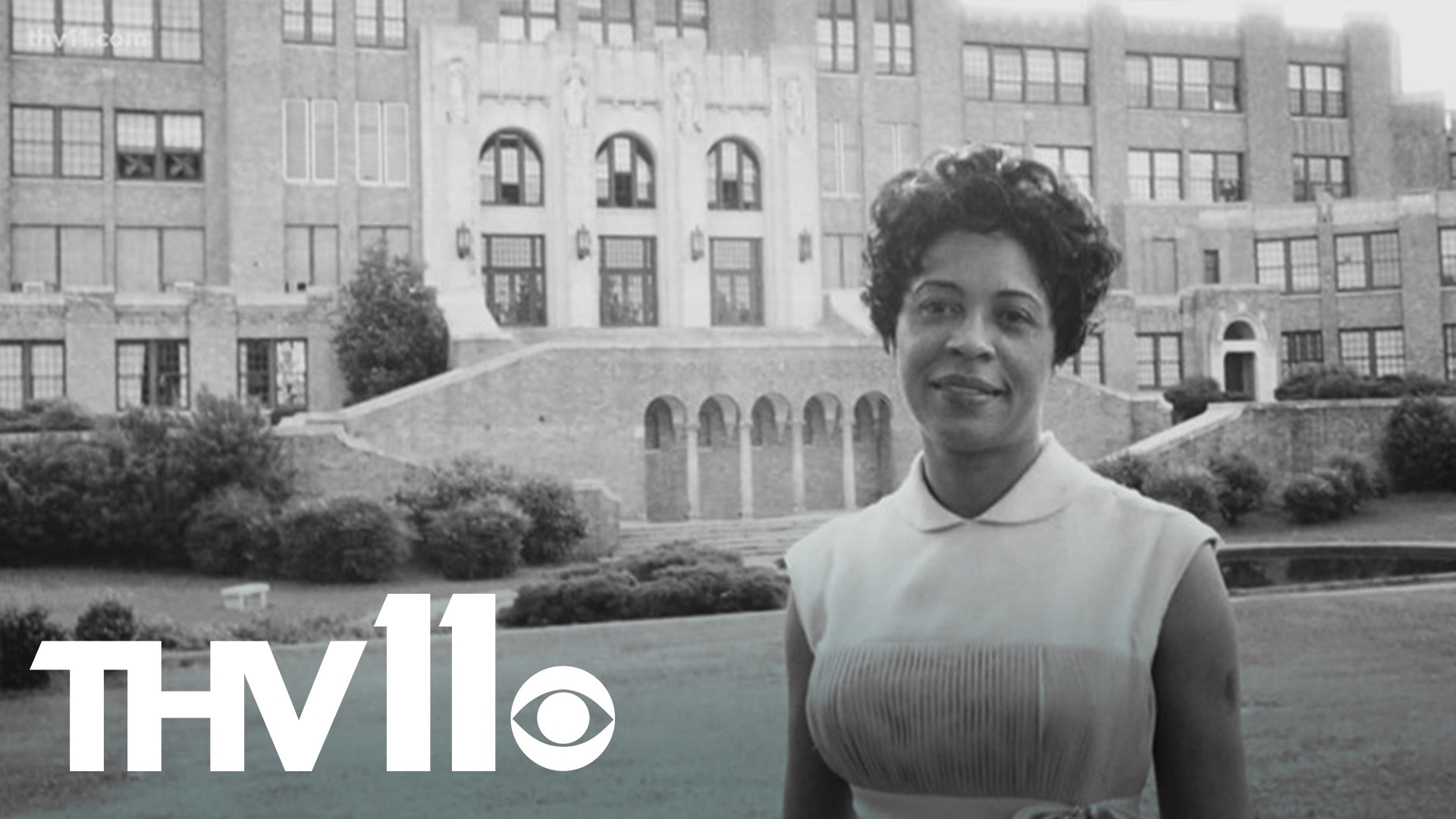LITTLE ROCK, Ark — Across the nation, people are remembering George Washington's birthday on this President's Day.
As an integral part of our American history here in Arkansas, people are also celebrating Daisy Gatson Bates, a local civil rights pioneer.
Local civil rights activist Annie Abrams was friends with Bates back in the 1950's in Little Rock. Inside her house museum, she's gathered over decades worth of historical books and artifacts, including information on Bates.
"When they were integrating Central High, she was the one where they were gathered every morning when they were going to school, the Little Rock Nine, they met at Daisy's house," said Abrams.
Bates and her husband were reporting news for African Americans in the south during the 1950's in Little Rock.
"The Arkansas State Press and that paper was used as an activist tool and that's how they reported racist activities," said Abrams.
The couple was all about equality.
As the NAACP president at the time, Bates helped lead the movement during the Little Rock Central High School crisis.
She'd bring other civil rights icons inside her home, which is also a museum now.
"She was what I would think of as a born leader," said Mary Hardin with the museum. Around the home is a full timeline of what she and her husband endured while trying to desegregate the school.
One photograph on the wall depicts damage to her home window.
"Someone threw a brick through it back then, and this is, they burned a cross in her yard," said Hardin, as she showed off the display of photos in the museum. "She's standing there with four of the girls, the Little Rock Nine, and don't they look so young?"
The patterns and colors of the home are untouched by what's happened with most of the secret meetings to protest being down in the basement.
"The strength that she had. That she and her husband had to make sure that many of the, I wouldn't consider them, well I would consider them wrongs, and they had the strength to stand out and lead the movement," said Hardin.

